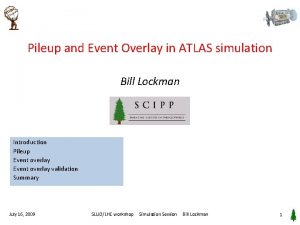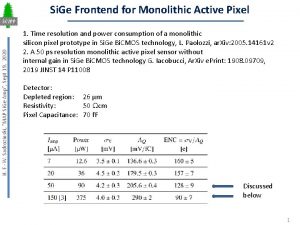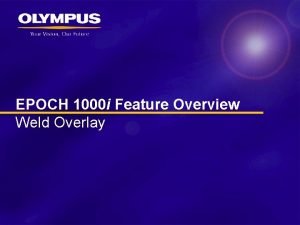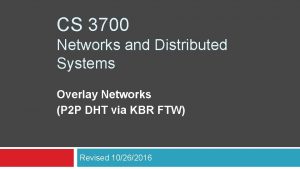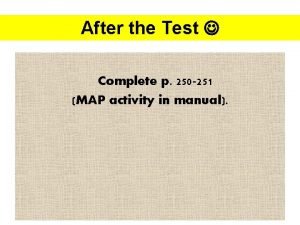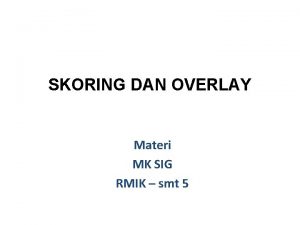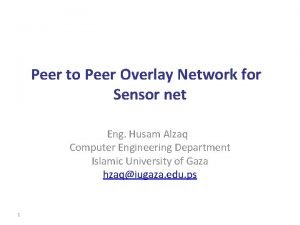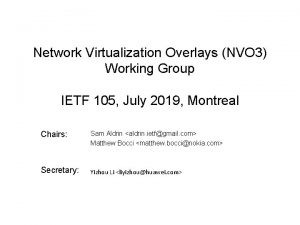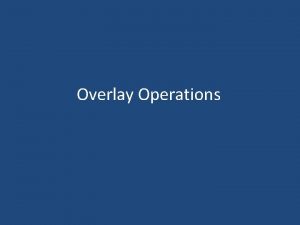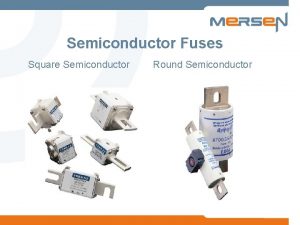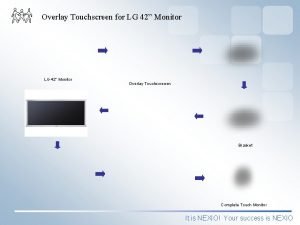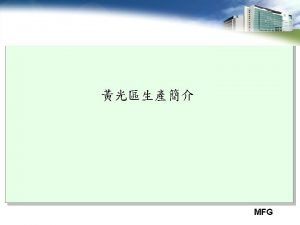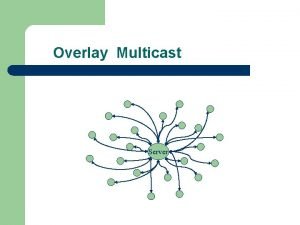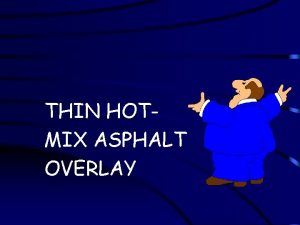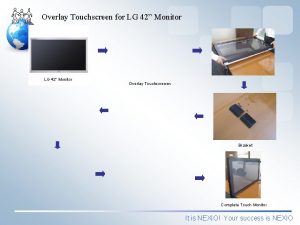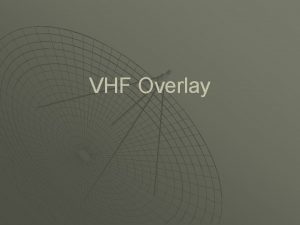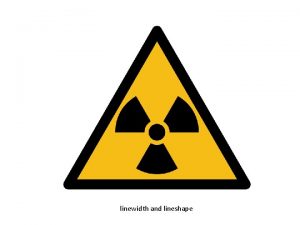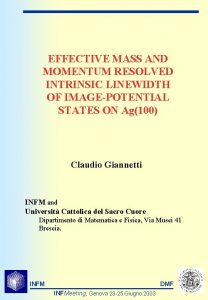RuntoRun Control of Linewidth and Overlay in Semiconductor












- Slides: 12

Run-to-Run Control of Linewidth and Overlay in Semiconductor Manufacturing Christopher Allen Bode Dr. Thomas F. Edgar, Advisor University of Texas at Austin February 18, 2001 07 December 2020

Lithography Overlay Ø Control objective: minimization of eight lot mean overlay error parameters – includes x and y translation, x and y scale, wafer and reticle rotation, magnification, and orthogonality Orthogonality Y translation X translation Magnification Reticle rotation X scale Y scale Wafer rotation 07 December 2020

Linewidth Lithography Etch Resist Linewidth Device Linewidth is determined by the combined effects of the lithography and etch processes. Ø The control objective is to meet a device linewidth specification. Ø The polysilicon gate linewidth one of the most critical device specifications in the manufacture of logic devices. Ø 07 December 2020

Resist etch process Ø An additional step is added to the etch process which etches the resist pattern. Ø The incoming pattern is masked with linewidths greater than required. Ø The resist etch step trims the lines to the proper resist linewidth. Ø The rest of the etch transfers the resulting mask pattern into the polysilicon, creating the poly gate structures. 07 December 2020

LMPC Run-to-run Control LMPC offers significant advantages over standard EWMA-based controllers prevalent in semiconductor industry Ø Explicitly handles MIMO systems with constraints – Ø Control action is decoupled from state estimation – Ø Typically employs Kalman linear observer Can be used in a predictive capacity over an infinite horizon – Ø Includes constraints on yk, uk, and uk Less so for batch processes with little auto-correlation Augmentation of the state-space model can compensate for input and output disturbances 07 December 2020

LMPC Formulation of overlay controller Ø Overlay control employs the output step disturbance model – The model intercept is accounted by the disturbance term, pk Ø This can be expressed in the standard state-space formulation by combining the plant and disturbance states Ø In the case of overlay control, A = 0, B = C = I 07 December 2020

LMPC formulation of linewidth controller Ø The linewidth model adds two disturbance states, the etch bias and the measured resist linewidth. The disturbance state, pk, is the etch chamber bias, and cdk is the measured resist linewidth. Ø A 33 is a gain on the resist linewidth measurement, as it is an intermediate calculation and also subject to more noise than the final device linewidth measurement. The residual linewidth is absorbed into the etch chamber bias estimate. Ø 07 December 2020

Linear observer form Ø Both controllers have linear filters with the same general form Open loop estimation on plant states – The linewidth controller has a direct measurement of resist linewidth – Ø The state observer is open loop, as the number of estimated stated from a single metrology even must be less than or equal to the number of measurements – Ø This also prevents the use of combined input/output disturbance model All variation in the process is captured as changes in the disturbance states 07 December 2020

Control thread methodology Ø Ø Ø Control threads collect wafer lots into groups with like states. The context within which a lot is processed, both during upstream processing and current operation, determines the wafer and process state. The identification of the actual contribution to the state from each context variable is not necessary; rather, the cumulative effect is identified through feedback metrology. Through the use of control threads, the amount of variability in the aggregate control state is much smaller than the overall state variation. Each thread context is controlled separately. Variability is reduced, but so is the amount of feedback data available to each thread. Proper definition of the control threads is key. Over-definition of the thread criteria can lead to large numbers of threads and data poverty. 07 December 2020

Reduction of state variation with threads Ø Demonstration of the reduction in state variability due to the application of control threads to linewidth control. 07 December 2020

LMPC control of overlay - example Uncontrolled Controlled Actual trend in magnification performance on a Fab 25 exposure tool - Shows three step disturbances due to maintenance events - Uncharacteristic lot performance is prevalent throughout - LMPC shows good control to target, adequate recovery from step disturbances 07 December 2020

Summary For both the linewidth and overlay controllers: Ø Compiled a set of known sources of control state variation. Ø Identified key sources to define control threads. Ø Developed a run-to-run Linear Model Predictive Control method. Ø Implemented complete control solution into high-volume semiconductor manufacturing environments at AMD. Results Ø Increased the linewidth process capability (Cpk) by 44% over existing control methods. Ø Decreased average standard deviation of overlay error by 40%, with 10% of this decrease coming from the transition from an EWMA to a LMPC control formulation. 07 December 2020


